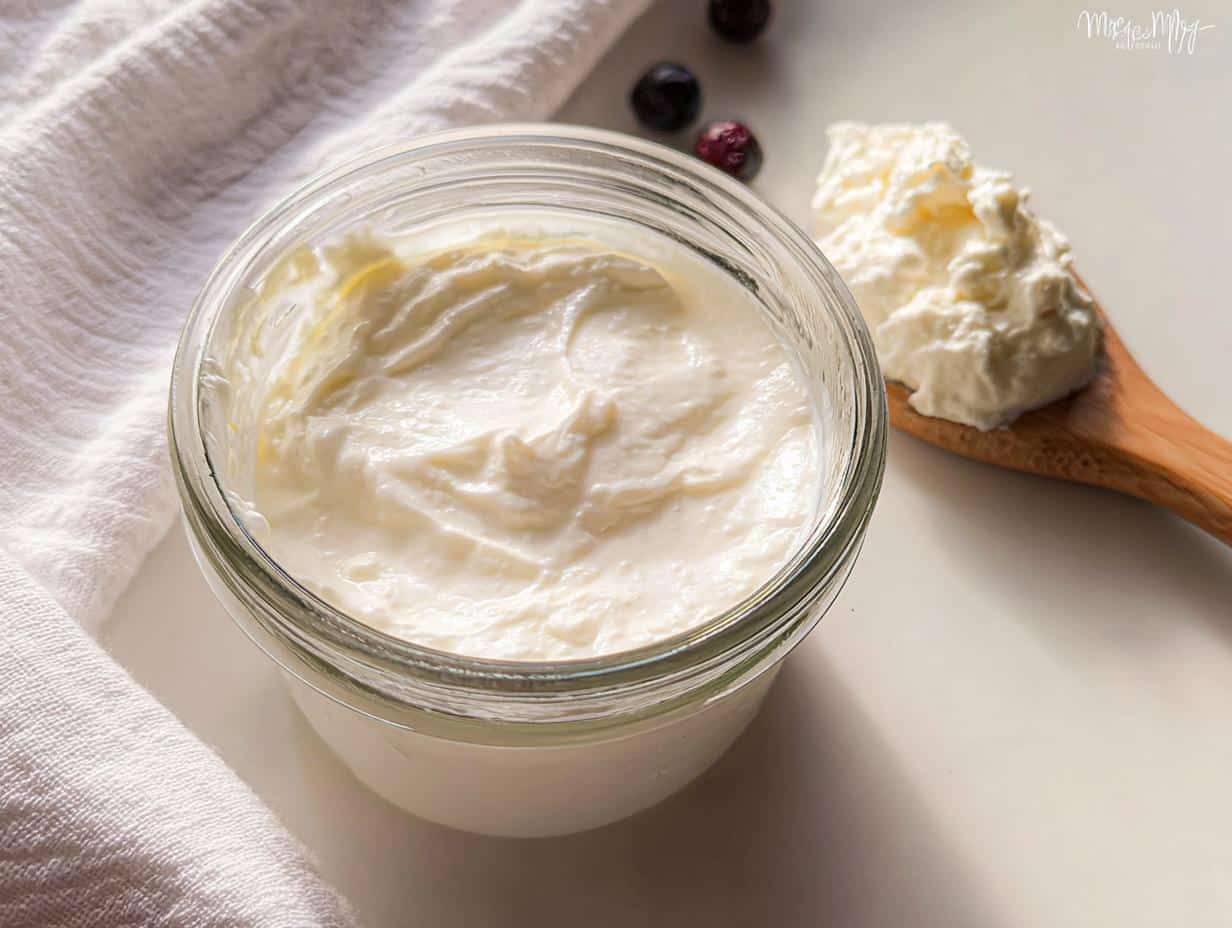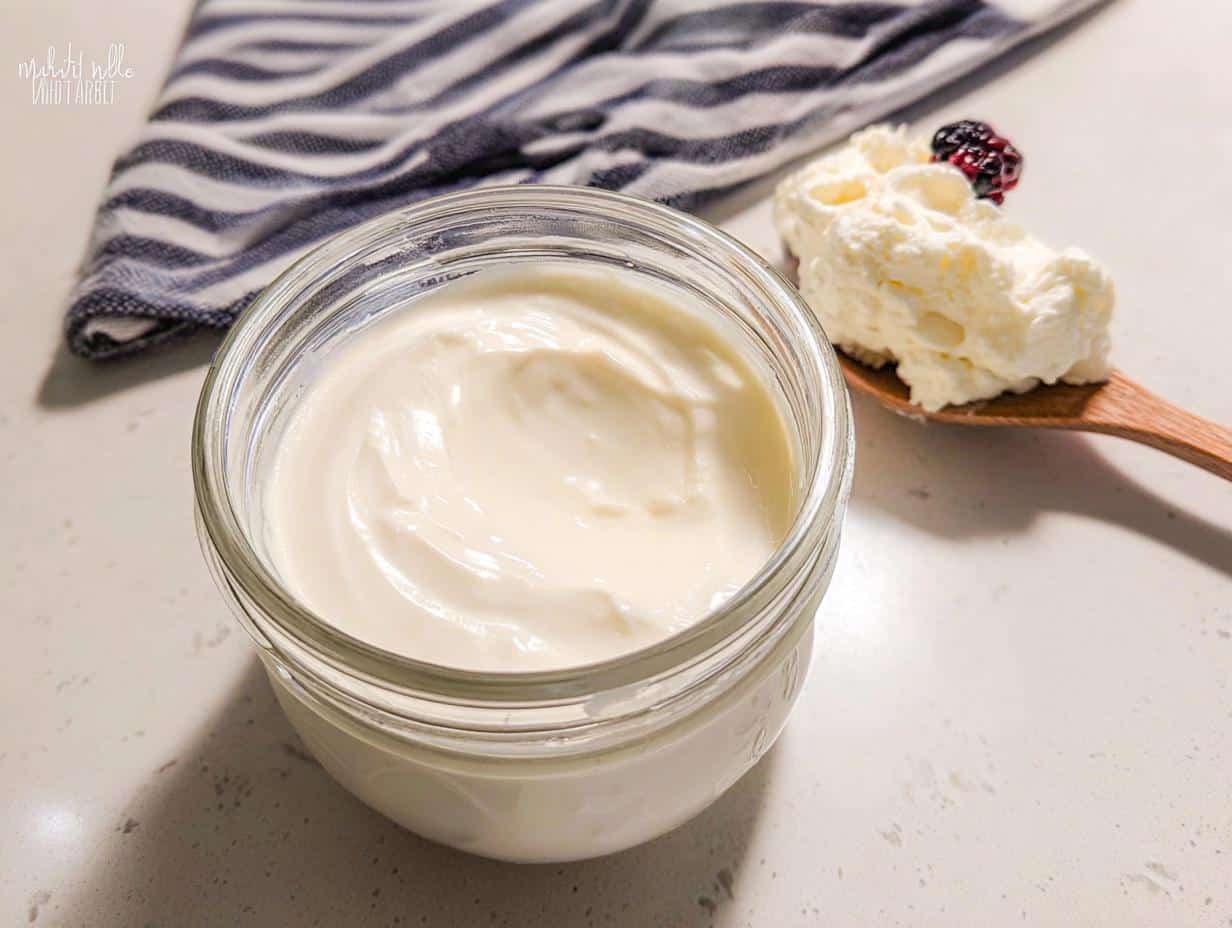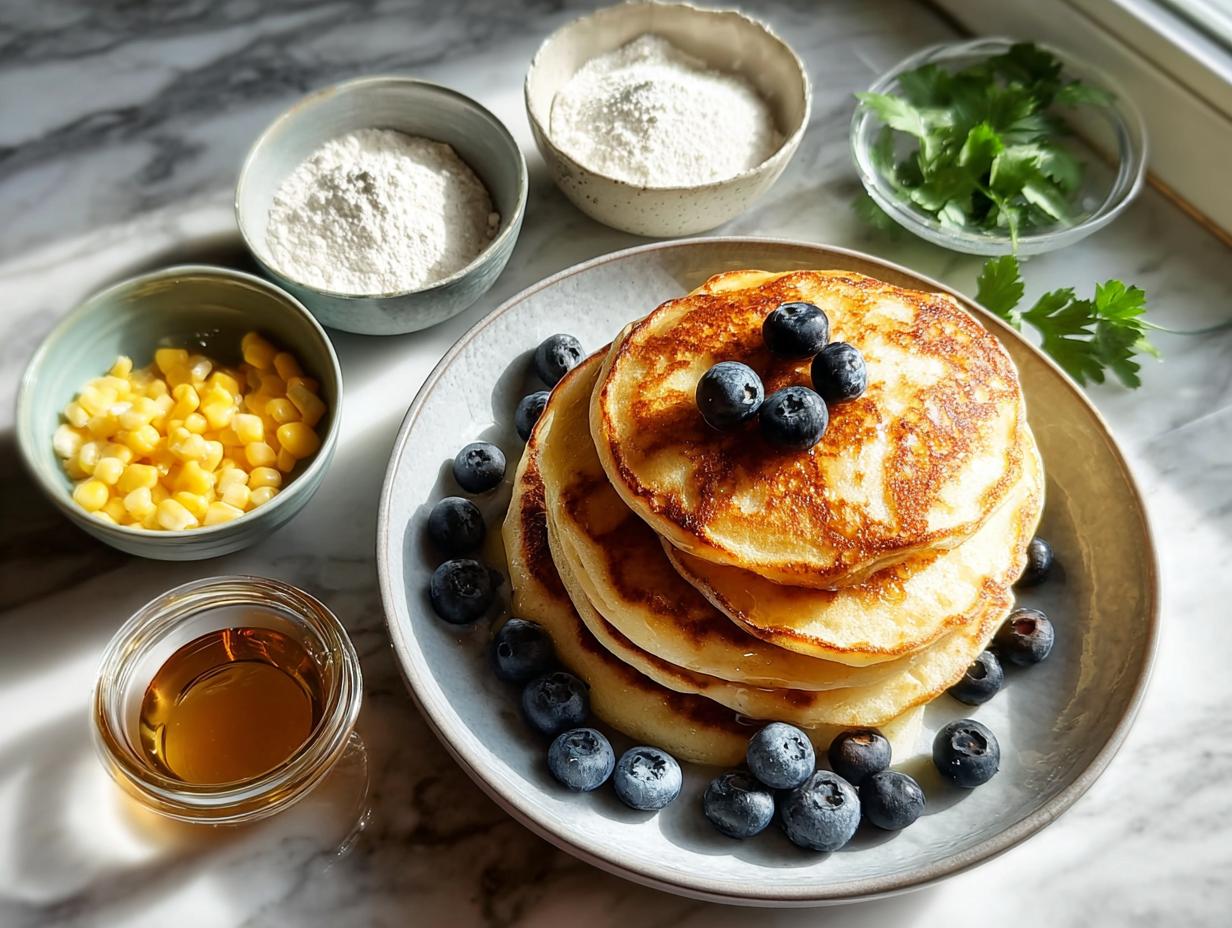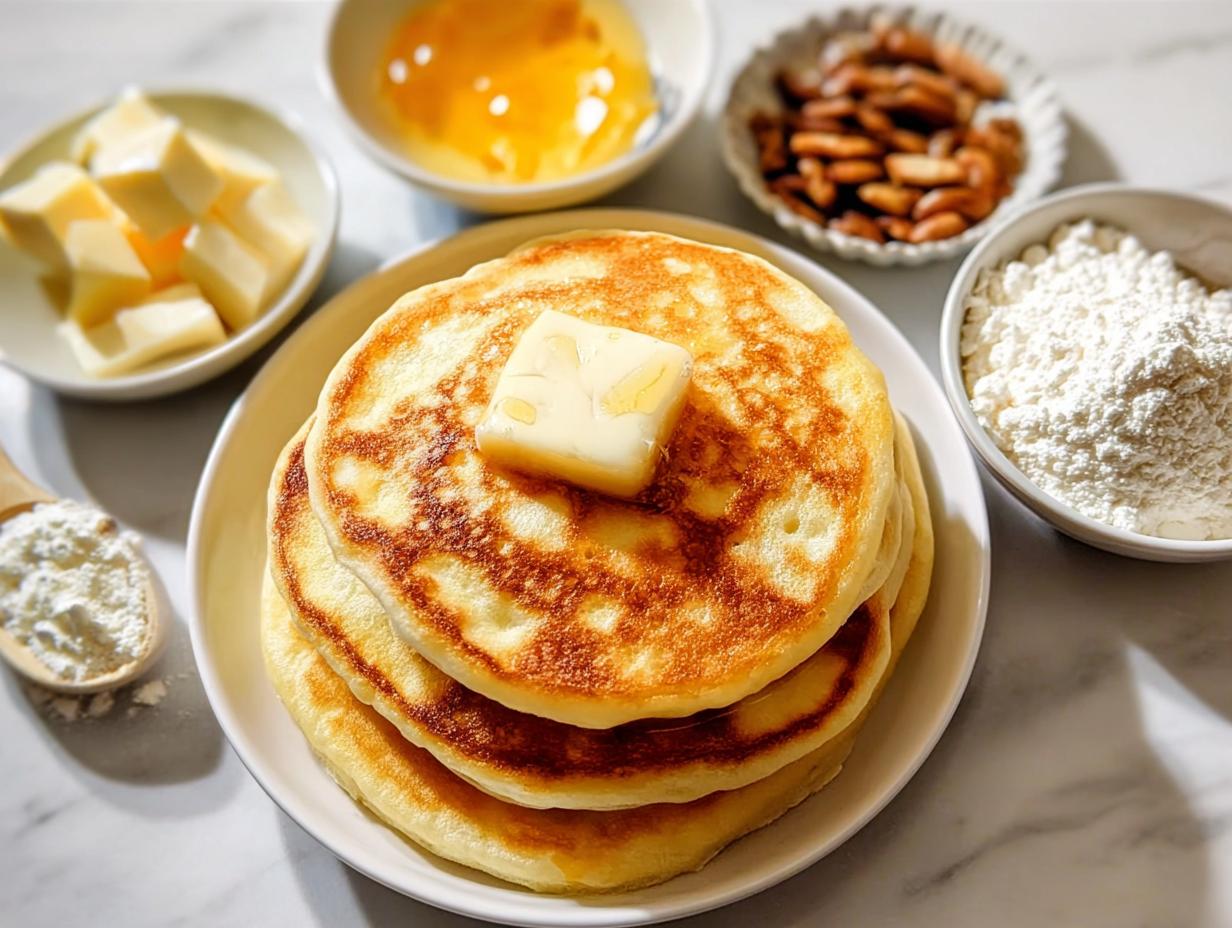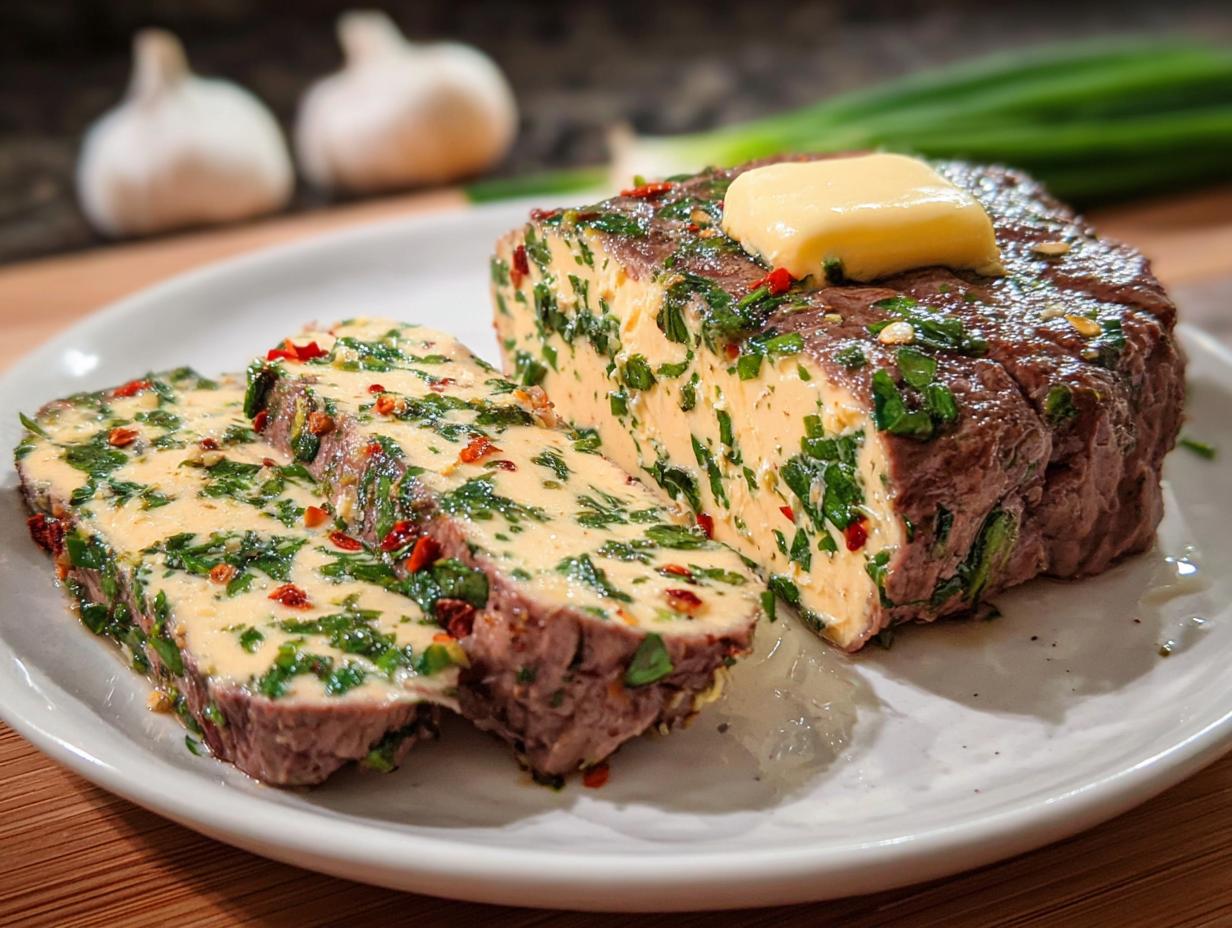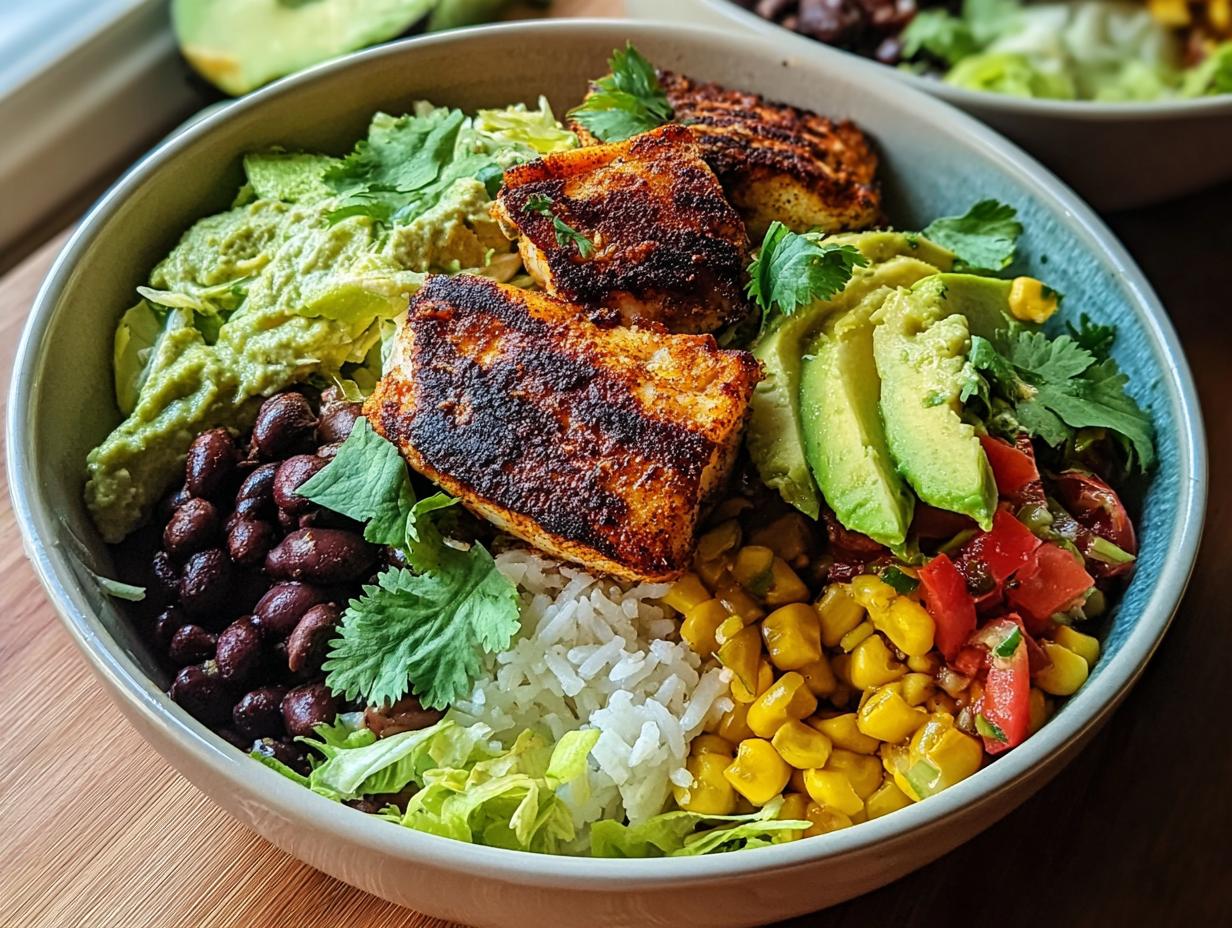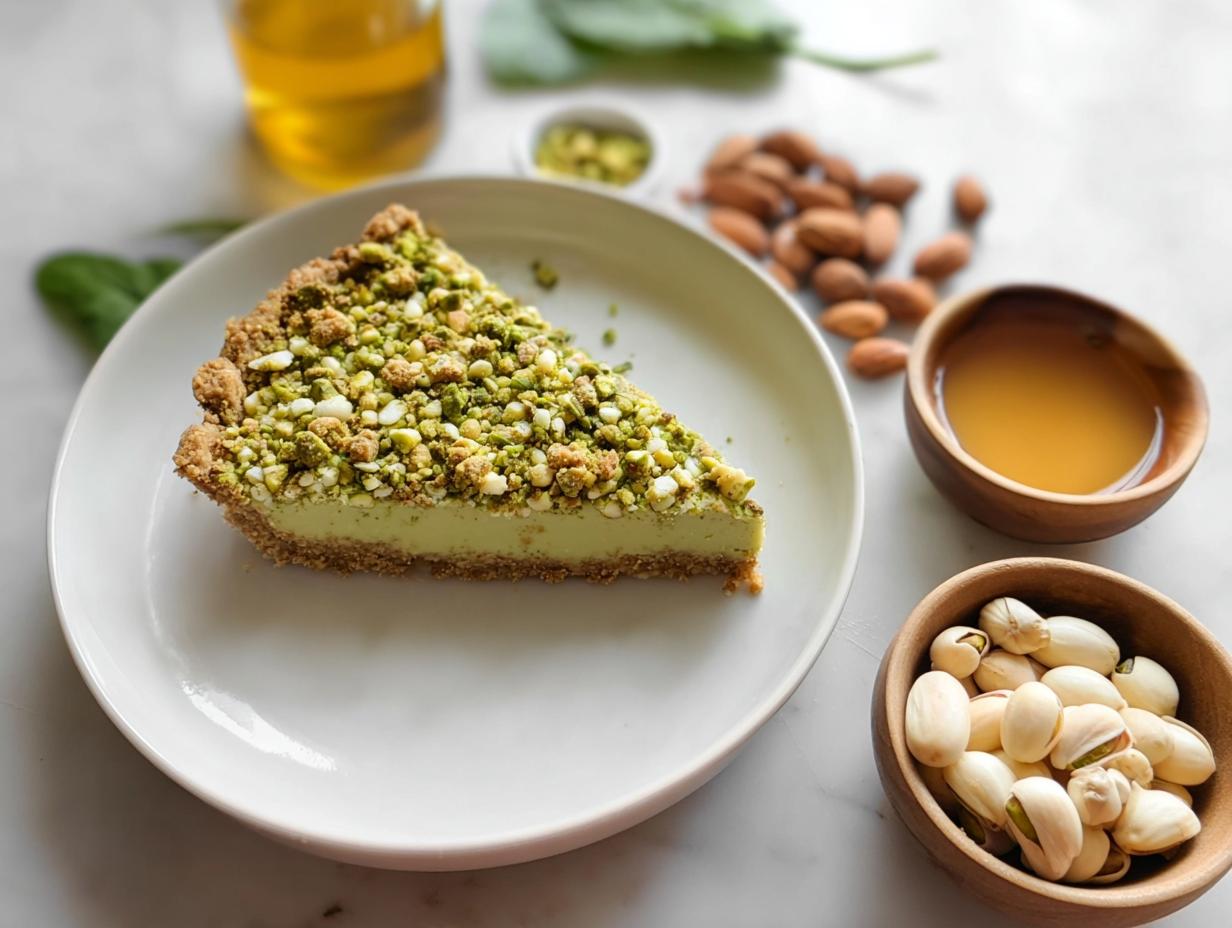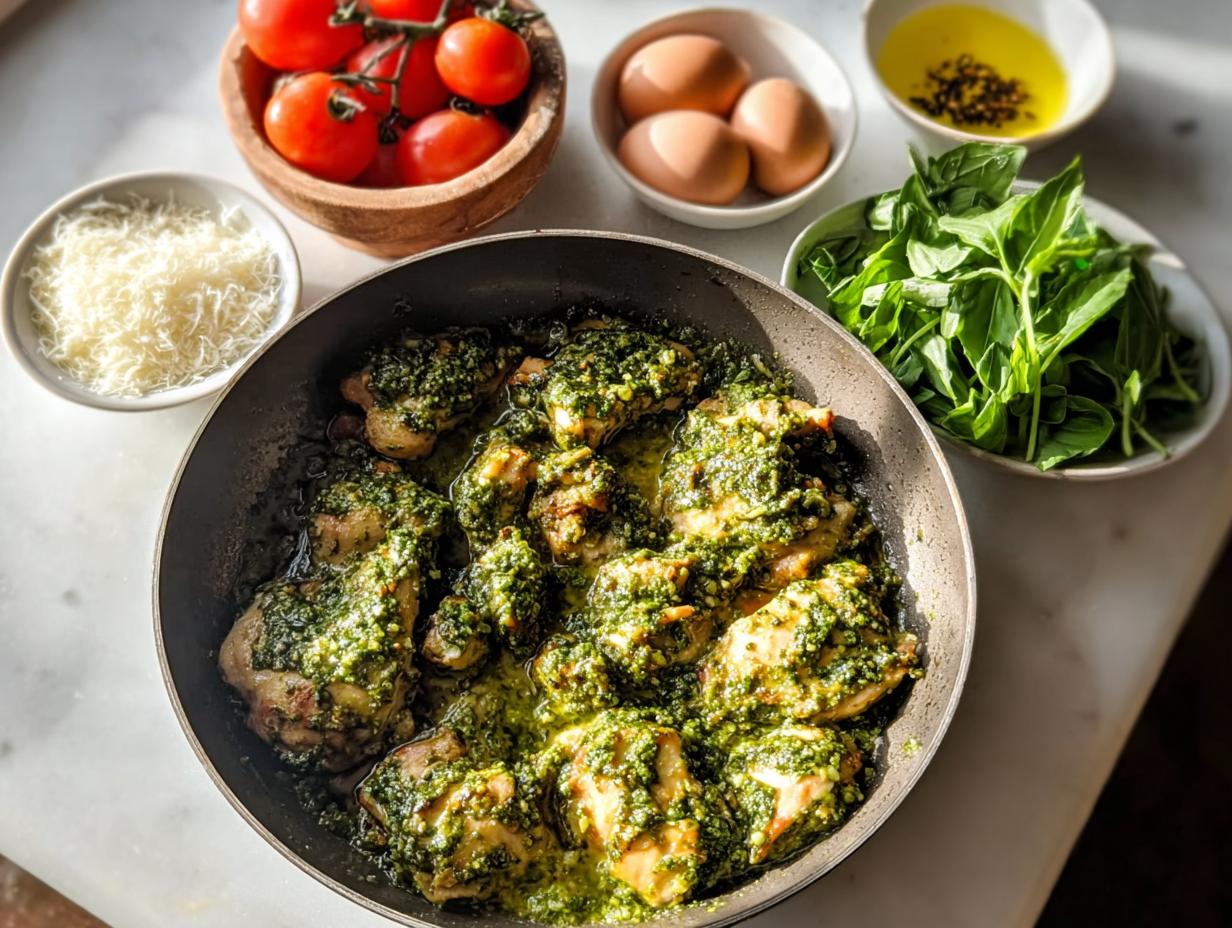Yogurt ingredients are surprisingly simple, and I’ve discovered that making your own creamy, tangy yogurt at home is incredibly rewarding. Forget those store-bought tubs filled with preservatives! My first attempt at homemade yogurt was a revelation; the smooth texture and bright, fresh flavor were unlike anything I’d ever tasted. The magic lies in just two key yogurt components: good quality milk and a little bit of live culture. The aroma of warm milk turning into a thick, luscious treat is truly comforting. It’s a simple process that yields delicious results. Let’s get cooking!
Why You’ll Love This Homemade Yogurt
Making your own yogurt is a game-changer, and here’s why you’ll adore this recipe:
- It’s incredibly simple, requiring minimal effort and just a few basic yogurt ingredients.
- You control exactly what goes in – no artificial flavors or preservatives, just healthy yogurt ingredients.
- The taste is wonderfully fresh and tangy, far superior to many store-bought options.
- It’s a fantastic source of probiotics, supporting your gut health with every spoonful.
- You can customize the tanginess and thickness to your exact preference.
- Using these simple yogurt components means you save money in the long run.
- It’s a versatile base for countless delicious meals and snacks, showcasing healthy yogurt ingredients.
- The process is surprisingly satisfying, turning a few key yogurt components into a creamy delight.
Yogurt Ingredients List Explained
Gathering the right yogurt ingredients is the first step to making delicious homemade yogurt. You only need a couple of key yogurt components:
- 1 liter Fresh Milk – I always recommend using fresh, pasteurized milk. Avoid ultra-high temperature (UHT) milk for the best results, as it can affect the fermentation process. Whole milk will give you the richest, creamiest texture.
- 1/4 cup Greek Yogurt (no sugar, with live culture) – This is your crucial yogurt starter ingredients. Make sure it’s plain Greek yogurt with live active cultures, as these are the beneficial bacteria that will transform your milk into yogurt.
The beauty of these simple yogurt ingredients lies in their purity. The milk provides the protein and fat that the cultures feed on, while the live cultures in the starter do all the fermenting work to create that signature tang and thick texture.
How to Make Yogurt With Simple Ingredients
Making yogurt at home is a straightforward process, especially when you have the right making yogurt ingredients. It’s a rewarding journey from milk to creamy goodness. Here’s how you do it:
- Step 1: Start by heating your fresh milk. Pour 1 liter of fresh milk into a medium saucepan. Place it over low to medium heat. Gently warm the milk until it reaches 80°C (180°F). You’ll see tiny bubbles forming around the edges, and steam will rise – this helps denature the milk proteins, which is key for a thicker yogurt.
- Step 2: Cool the milk down. Once the milk reaches the target temperature, remove the saucepan from the heat. Let it cool down to 40°C (104°F). This is the perfect temperature for your yogurt cultures to thrive. You can test this by dipping a clean finger into the milk; it should feel warm, not hot.
- Step 3: Prepare the starter. While the milk cools, take about 1/4 cup of the warm milk and put it into a small bowl. Add your Greek yogurt starter to this bowl. Whisk them together until you have a smooth, lump-free mixture. This ensures the active cultures are evenly distributed.
- Step 4: Combine starter and milk. Pour the smooth yogurt starter mixture back into the saucepan with the remaining warm milk. Stir gently but thoroughly to ensure all the making yogurt ingredients are well combined.
- Step 5: Transfer to a jar. Pour the milk and starter mixture into a clean, airtight jar or several smaller jars. Make sure the containers are clean to prevent other bacteria from interfering with the fermentation process.
- Step 6: Ferment the mixture. Cover the jar tightly. Now, find a warm, draft-free spot for your jar. I usually wrap mine in a clean kitchen towel and place it in a turned-off oven with the light on, or in an insulated cooler. Let it ferment undisturbed for 8 to 12 hours. The longer it ferments, the tangier your yogurt will become.
- Step 7: Chill and set. Once the yogurt has reached your desired consistency and tanginess, carefully transfer the jar to the refrigerator. Chill for at least 2 to 4 hours. This cooling period is crucial for the yogurt to thicken further and set properly.
- Step 8: Strain for thickness (optional). If you prefer a thicker, Greek-style yogurt, you can strain it. Line a colander with cheesecloth or a clean coffee filter, place it over a bowl, and pour the chilled yogurt into it. Let it drain in the refrigerator for a few hours to achieve your desired thickness.
Enjoy your delicious homemade yogurt made with these simple making yogurt ingredients!
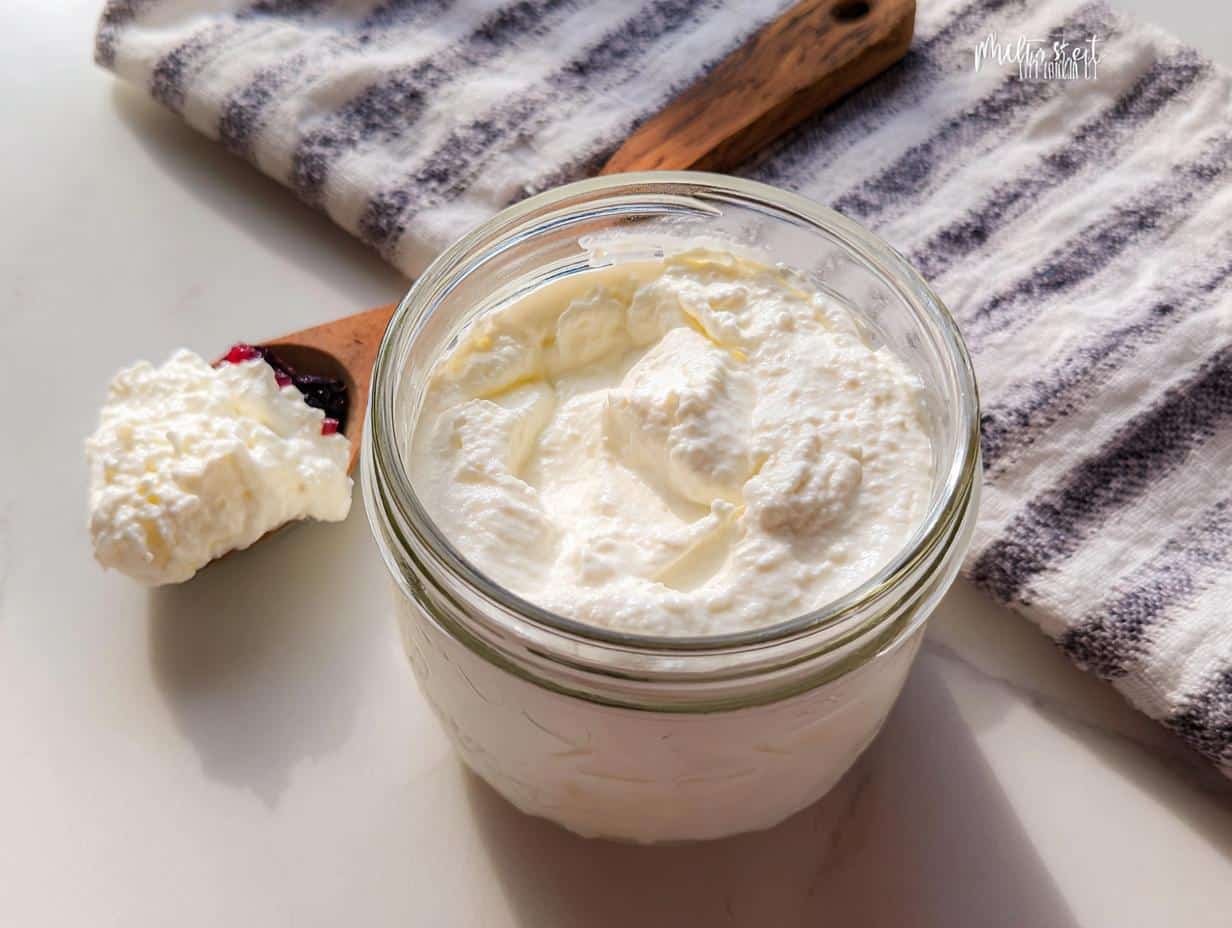
Pro Tips for the Best Yogurt Making Ingredients
To ensure your homemade yogurt is a success, pay attention to these expert tips when selecting your yogurt making ingredients:
- Always use whole milk for the creamiest results. Skim milk can lead to a thinner, less satisfying yogurt.
- Ensure your starter yogurt is fresh and contains live active cultures. Check the expiration date!
- Don’t disturb the yogurt while it’s fermenting. Let it sit undisturbed in its warm spot.
- For consistently great yogurt, consider investing in a yogurt maker. It maintains the perfect temperature automatically.
What’s the secret to perfect yogurt ingredients?
The real secret to perfect yogurt ingredients is using a high-quality starter culture and ensuring the milk is at the precise temperature for fermentation. This combination with natural yogurt ingredients allows the beneficial bacteria to work their magic efficiently.
Can I make yogurt ahead of time with these ingredients?
Absolutely! You can prepare the yogurt base (steps 1-4) up to 24 hours in advance and then ferment it when you’re ready. Once made, homemade yogurt with these ingredients keeps well in the fridge for about a week.
How do I avoid common mistakes with yogurt ingredients?
The most common mistakes involve using milk that’s too hot or too cool for the starter, or using a starter that lacks live cultures. Always check your thermometer and the ingredient label on your starter yogurt.
Best Ways to Serve Homemade Yogurt
Once your yogurt has chilled and set, the fun really begins with how you serve it! My favorite way to enjoy these simple yogurt ingredients is with a drizzle of honey and a sprinkle of toasted nuts. The sweetness of the honey complements the tangy yogurt culture ingredients beautifully, and the crunch adds a wonderful contrast. Another fantastic option is to layer it with fresh berries and a sprinkle of granola for a healthy breakfast or snack. You can also use this creamy yogurt as a base for smoothies, a cooling dollop for spicy dishes, or as a binder in baked goods. The possibilities are endless!
Nutritional Yogurt Ingredients Breakdown
Let’s look at the nutritional profile of these fantastic homemade yogurt ingredients per serving (this recipe makes approximately 5 servings, with one serving being about 1 cup):
- Calories: Approximately 150-200 (depending on milk fat content)
- Fat: 8-12g (mostly from milk fat)
- Protein: 9-12g (excellent source from milk proteins)
- Carbohydrates: 12-15g (primarily from milk lactose)
- Sugar: 12-15g (natural sugars from milk, no added sugar)
- Sodium: 100-120mg (naturally occurring)
Nutritional values are estimates and may vary based on specific milk and starter yogurt ingredients used.
How to Store and Reheat Homemade Yogurt
Properly storing your homemade yogurt is key to enjoying these delicious fermented yogurt ingredients. Once your yogurt has finished fermenting and chilling, transfer it into clean, airtight containers. Glass jars with tight-fitting lids are my preferred choice, as they don’t retain odors and are easy to see through. Your fresh yogurt will keep beautifully in the refrigerator for about 3 to 4 days. If you find yourself with an abundance of yogurt, don’t worry! You can freeze it for up to 3 months. For freezing, portion it into smaller containers or ice cube trays. When you’re ready to use frozen yogurt, thaw it overnight in the refrigerator. While the texture might change slightly after freezing and thawing, it’s still perfectly good for smoothies or baking.
Frequently Asked Questions About Yogurt Ingredients
Got questions about making yogurt with these simple ingredients? I’ve got answers!
How do I choose yogurt ingredients for the best flavor?
When you’re learning how to choose yogurt ingredients, focus on quality. For the milk, opt for fresh, whole milk from a reputable source. Avoid UHT processed milk, as it can hinder fermentation. For your starter, select a plain Greek yogurt that explicitly states it contains live active cultures, like Lactobacillus bulgaricus and Streptococcus thermophilus. These are the essential yogurt culture ingredients for that classic tang and texture.
Can I use different types of milk for these yogurt ingredients?
Yes, you can experiment with different milk types when using these yogurt ingredients! While whole milk yields the richest result, you can also use 2% milk for a slightly lighter yogurt. Some people even have success with skim milk, though it tends to be thinner. For non-dairy options, almond milk or coconut milk can be used with specific non-dairy yogurt starter ingredients, but the results and process can vary.
What happens if my yogurt doesn’t thicken with these ingredients?
If your yogurt doesn’t thicken, it’s usually due to a few common issues with the yogurt ingredients or process. The most common culprits are milk that was too hot or too cool when the starter was added, or a starter culture that had lost its potency. Always ensure your milk is cooled to 40°C (104°F) and that your starter yogurt is fresh and clearly states “live active cultures.”
How can I make my homemade yogurt less tangy using these ingredients?
To make your yogurt less tangy, simply reduce the fermentation time. The longer the yogurt sits in its warm spot, the more the bacteria consume lactose and produce lactic acid, which causes the tang. Try fermenting for 6-8 hours instead of the full 8-12. You can also use a starter that relies on different strains of bacteria which might produce a milder flavor. Remember, the natural yogurt ingredients are forgiving, so experiment!
Variations of Yogurt You Can Try With Different Ingredients
Once you’ve mastered the basic method, it’s fun to explore different yogurt variations using a variety of ingredients. Here are a few ideas to get you started:
- Non-Dairy Yogurt: For a vegan option, try using non-dairy yogurt ingredients like coconut milk or almond milk. You’ll need to find a specific vegan yogurt starter, as dairy-based cultures won’t work. The texture and flavor will be different, but still delicious in its own right!
- Flavored Yogurt: Once your yogurt is chilled, you can stir in natural flavorings like vanilla extract, fruit purees, or even a touch of honey or maple syrup. This is a great way to customize your yogurt without compromising the fermentation process.
- Thicker Greek-Style Yogurt: As mentioned, straining your yogurt is key for that super thick, creamy texture. The longer you strain, the thicker it gets. This method really highlights the quality of your initial yogurt ingredients.
- Kefir-Style Yogurt: While technically different, you can achieve a slightly tangier, more effervescent result by using kefir grains instead of yogurt starter ingredients. This introduces a wider range of beneficial bacteria and yeasts.

Yogurt Ingredients: 2 Secrets Revealed
- Total Time: 12 hours 40 minutes
- Yield: 5 servings 1x
- Diet: Vegetarian
Description
Learn to make creamy, tangy homemade yogurt with just two simple ingredients: fresh milk and plain Greek yogurt. This easy recipe is preservative-free and packed with probiotics for gut health.
Ingredients
- 1 liter Fresh Milk
- 1/4 cup Greek Yogurt (no sugar, with live culture)
Instructions
- Heat fresh milk over low heat until it reaches 80°C (180°F).
- Remove from heat and let it cool to 40°C (104°F).
- In a small bowl, mix 1/4 cup of warm fresh milk with 2-3 tablespoons of Greek yogurt until smooth.
- Pour the yogurt starter mixture into the remaining warm milk and stir gently until well combined.
- Transfer the mixture to a clean airtight jar.
- Cover the jar with a clean kitchen towel and place it in a warm, draft-free spot for 8 to 12 hours to ferment.
- After fermentation, chill the yogurt in the refrigerator for at least 2-4 hours before serving.
- For a thicker texture, strain the yogurt using cheesecloth before chilling.
Notes
- Use high-quality, pasteurized fresh milk. Avoid UHT milk. Whole milk yields richer yogurt.
- Ensure the Greek yogurt starter contains live active cultures and is plain, without sugar or flavors.
- The longer the yogurt ferments, the tangier and thicker it will become.
- Homemade yogurt should be consumed within 7 to 10 days.
- Prep Time: 10 minutes
- Cook Time: 30 minutes
- Category: Dessert
- Method: Fermentation
- Cuisine: Greek
Nutrition
- Serving Size: 1 cup
Keywords: yogurt, homemade yogurt, Greek yogurt, milk, probiotics, fermentation, starter culture, dairy
